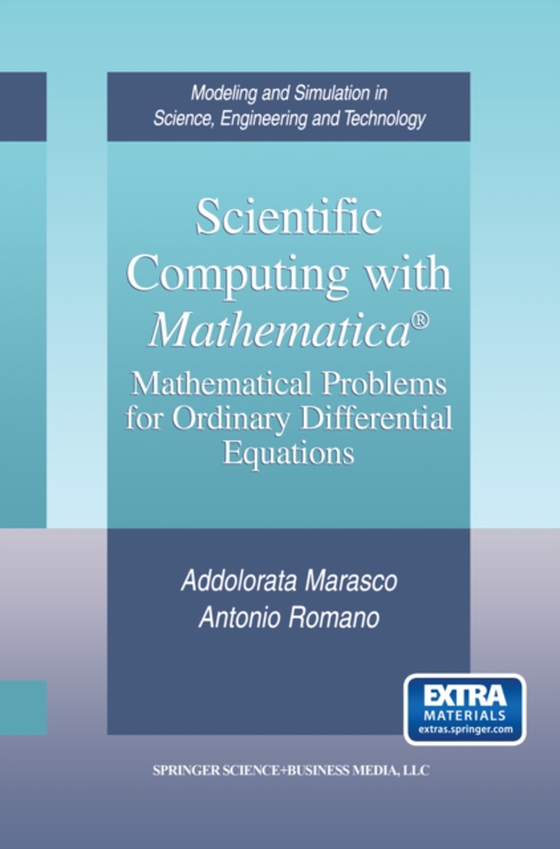
Scientific Computing with Mathematica(R) e-bog
1094,16 DKK
(ekskl. moms 875,33 DKK)
Many interesting behaviors of real physical, biological, economical, and chemical systems can be described by ordinary differential equations (ODEs). Scientific Computing with Mathematica(R) provides a general framework useful for the applications on the conceptual aspects of the theory of ODEs, as well as a sophisticated use of Mathematica(R) software for the solutions of problems related to O...
E-bog
1094,16 DKK
Forlag
Birkhauser
Udgivet
6 december 2012
Genrer
PBK
Sprog
English
Format
pdf
Beskyttelse
LCP
ISBN
9781461201519
Many interesting behaviors of real physical, biological, economical, and chemical systems can be described by ordinary differential equations (ODEs). Scientific Computing with Mathematica(R) provides a general framework useful for the applications on the conceptual aspects of the theory of ODEs, as well as a sophisticated use of Mathematica(R) software for the solutions of problems related to ODEs. In particular, a chapter is devoted to the use of ODEs and Mathematica(R) in the dynamics of rigid bodies.Mathematical methods and scientific computation are dealt with jointly to supply a unified presentation. The main problems of ODEs such as phase portrait, approximate solutions, periodic orbits, stability, bifurcation, and boundary problems are covered in an integrated fashion with numerous worked examples and computer program demonstrations using MathematicaTopics and Features:* Explanation of how to use the Mathematicanbsp;package ODE.m to support qualitative and quantitative problem solving* End-of-chapter exercise sets incorporating the use of Mathematica programs* Detailed description of the mathematical procedures underlying the twenty-eight programs written in Mathematica* Appendix describing the use of ten notebooks to guide the reader through all the exercises.This book is an essential text/reference for students, graduates and practitioners in engineering and applied mathematics interested in problems of ODEs in both the qualitative and quantitative description of solutions with the Mathematica program. It is also suitable as a self-study resource for professionals and others seeking an understanding of how to use ODEs in modeling physical, biological, and economic phenomena.
 Dansk
Dansk

